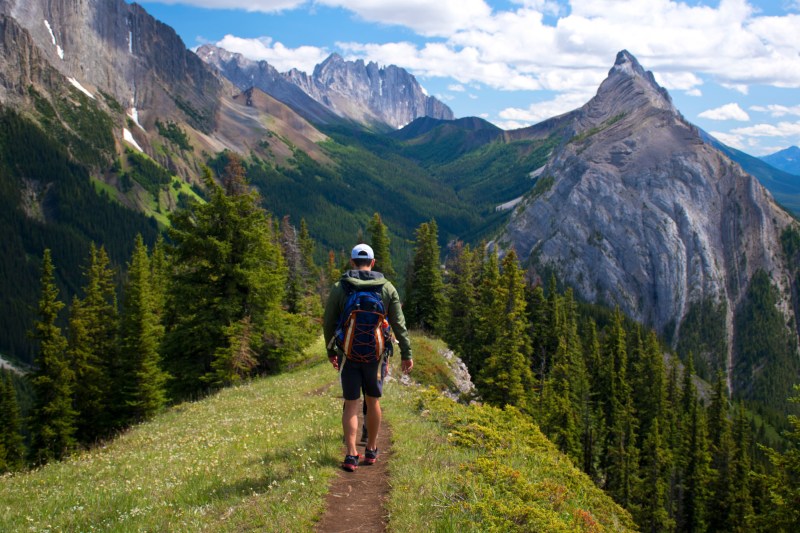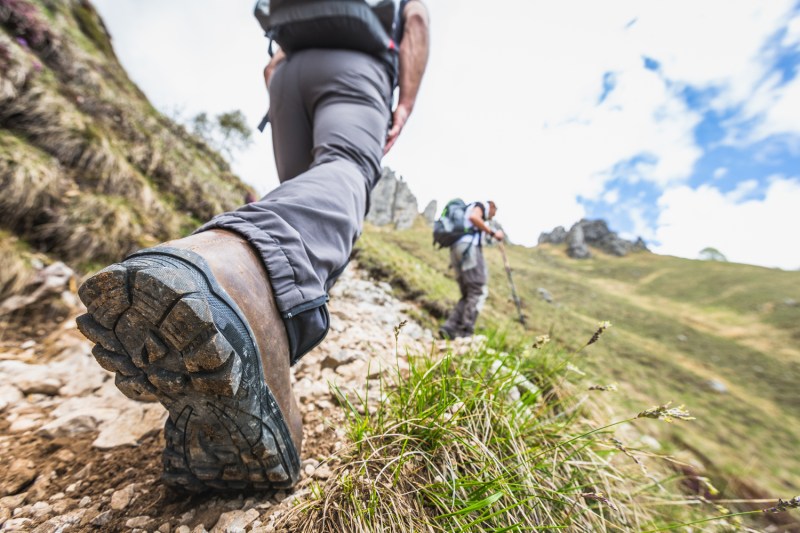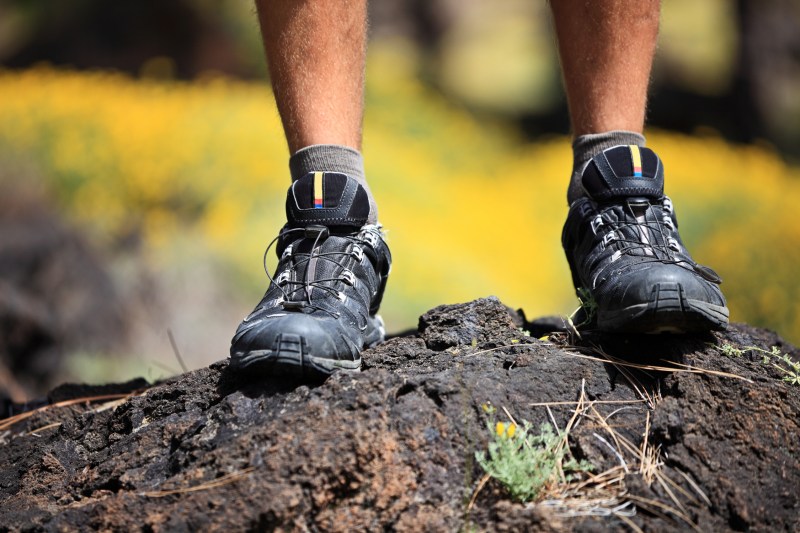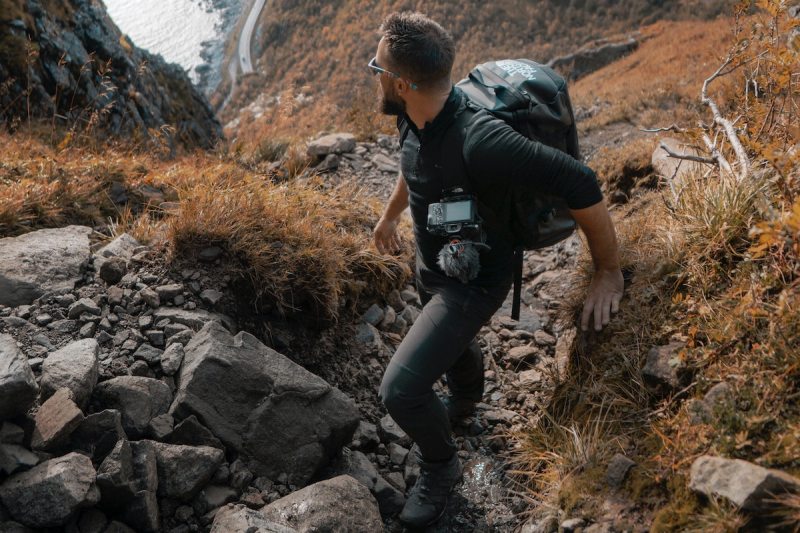
It’s the great summer debate: Hiking boots vs. shoes for summer trails. In recent years, the popularity of hiking boots has diminished, while the number of hikers you see on the trails in hiking shoes and trail runners has dramatically increased. Why is that? When hiking boots have served us for so many years, why are more and more hikers moving away from wearing them?
If you speak to some grizzled traditionalists on the trail, they’ll tell you at great length that we should stick to our hiking boot roots. They might even be in leather boots older than you, with nails on the soles. They’ve worn those boots as far back as they can remember, and there’s no need to risk injuries by wearing trail shoes instead. But are boots really that good, or are there times when trail shoes aren’t just okay to wear, but better? It’s time to end the hiking boots vs. shoe argument once and for all.

Why have hiking boots stood the test of time?
Hiking boots have been around the block and then a little farther, and there’s a good reason for that. Although they vary in stiffness and style,
Hiking boots are also more suited to unpredictable weather and to hikers going off the beaten path. The additional support is a bonus for rough terrain and side-hilling, where a boot’s stiffness allows you to dig the edges like a pair of skis. Higher boots will also churn through mud, snow, puddles, and dense undergrowth without filling up with debris or bashing your ankles off rocks. Filling your shoes with water or debris from the trail is a surefire way to rub blisters on your heels and put an end to your hike.

Why would you wear shoes or trail runners instead of boots on the trail?
Sure, hiking boots have been popular historically, but there’s a good reason increasing numbers of hikers are turning to trail runners and
Added to this is the out-of-the-box comfort from a pair of trail runners, so you can leave the store and hit the trail with little to no break-in period. The downside to this is that it also couples with a lack of general durability. Trail runners typically last a season at best, while a pair of hiking boots can go for several years at a time — with the proper care.
You might be trying to distinguish between hiking shoes and trail runners here.

Hiking boots vs. shoes; which is right for me?
The answer here is simple: Both. Many hikers will own several pairs of trail runners, hiking shoes, and
- What does the terrain look like? If there’s a lot of rugged, rocky ground, off-track hiking, or steep ground — especially sidehills — choose hiking boots over shoes. On solid trails, a hiking shoe’s extra flexibility and freedom of movement can stop your feet from getting sore.
- What is the weather forecast? Lots of rain and snow? Time to break out the boots. Lots of sunshine? Trail runners will be best.
- What are you carrying? Heavy bags put more wear on your joints and can turn a slight ankle roll into a bad injury. The extra support of a pair of boots can be beneficial when hauling heavier loads.
- How fast do you want to move? It’s generally agreed that you’ll move slower in a pair of boots than in a pair of trail runners. If your hike is fast and light, opt for trainers, but boots might fit the bill if you’re looking to move at a more gentle pace.
- How do you feel? Perhaps you’re tired and want the security of a pair of boots, or maybe you don’t feel like hauling that extra weight all day and want to wear a pair of trainers.
Ultimately, there are no correct answers. However, there will be days where you get it wrong and wish you had picked the other option out of the cupboard, but that’s all part of learning on the trail.

Do I need Gore-Tex footwear in the summer?
Summer on the trail is a mixed bag of weather, but we can generally agree it’s hot. As with all summer hiking outfits, the priority for our footwear should be breathability. Though GORE-TEX is highly breathable as far as waterproof materials go, your best option for ventilated
There is one downside to non-waterproof shoes. Ready for it? Your feet might get wet. In those early starts and sporadic showers, your feet could become soaked. If this is a particular issue for you, then by all means, grab yourself a set of waterproof hiking shoes or trail runners for the summer. But even if your non-waterproof trail runners get waterlogged, there’s a good chance they’ll be so well-ventilated that they will dry out as you hike — if you’ve got the right hiking socks on.



